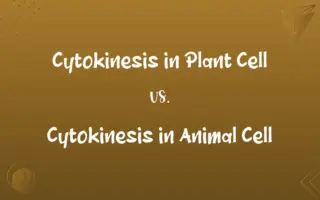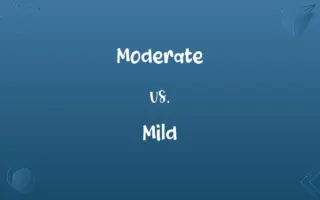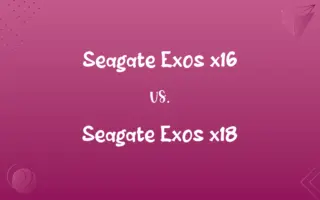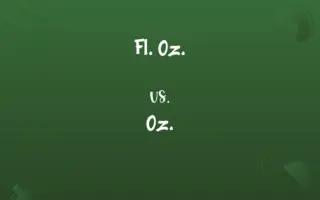HashMap vs. HashSet: Know the Difference

By Shumaila Saeed || Published on February 16, 2024
HashMap is a data structure using key-value pairs for efficient data retrieval; HashSet is a collection that stores unique elements without duplicates.
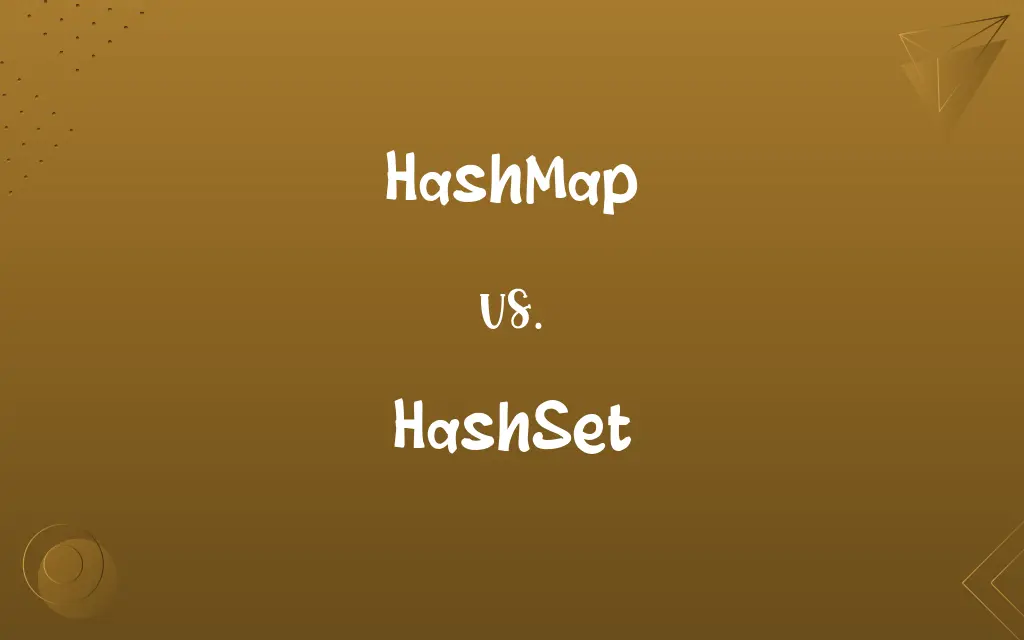
Key Differences
HashMap is a data structure that implements the Map interface in Java, allowing for the storage and retrieval of key-value pairs. This facilitates quick lookup, addition, and deletion of data based on the key. HashSet, on the other hand, implements the Set interface and is primarily used for storing unique elements, ensuring that no two items are identical.
Shumaila Saeed
Feb 16, 2024
In a HashMap, each key maps to a specific value, and one can retrieve a value by providing its associated key. This association makes HashMap ideal for scenarios where key-based data access is required. HashSet does not store key-value pairs; instead, it only stores individual elements, focusing on the uniqueness of each item in the collection.
Shumaila Saeed
Feb 16, 2024
HashMap allows for duplicate values but insists on unique keys; no two keys can be the same. This uniqueness of keys is a fundamental feature of HashMap. Conversely, HashSet is all about unique elements and does not allow any duplicates within its collection, making it suitable for tasks like removing duplicates from a list.
Shumaila Saeed
Feb 16, 2024
The performance of HashMap is generally considered in terms of its get and put operations, which are typically efficient due to the hashing mechanism. HashSet’s performance is measured by its ability to quickly determine whether an element is present in the set, which is also powered by an underlying hash table.
Shumaila Saeed
Feb 16, 2024
HashMap provides methods to work with key-value pairs, like put(), get(), remove(), and iterators that allow traversal over keys, values, or both. HashSet offers methods like add(), remove(), contains(), and an iterator that traverses through the elements in the set.
Shumaila Saeed
Feb 16, 2024
ADVERTISEMENT
Comparison Chart
ADVERTISEMENT
HashMap and HashSet Definitions
HashMap
HashMap allows null values and one null key.
Our system's configuration settings were stored in a HashMap, including a null key for the default setting.
Shumaila Saeed
Jan 24, 2024
HashSet
HashSet is a set-based collection used to store unique elements.
We used a HashSet to maintain a list of unique visitor IDs.
Shumaila Saeed
Jan 24, 2024
HashMap
It's part of Java's Collections Framework, often used in programming.
We optimized our data processing by implementing a HashMap for temporary storage.
Shumaila Saeed
Jan 24, 2024
HashSet
It prevents the storage of duplicate values in a collection.
To avoid duplicate entries, we stored the data in a HashSet.
Shumaila Saeed
Jan 24, 2024
ADVERTISEMENT
HashMap
HashMap is a map-based collection that stores elements as key-value pairs.
In our application, we used a HashMap to store user IDs and their corresponding names.
Shumaila Saeed
Jan 24, 2024
HashSet
HashSet offers efficient operations like add, remove, and contains.
The HashSet was used to quickly check if a username already exists.
Shumaila Saeed
Jan 24, 2024
HashMap
It's an efficient way to store and retrieve data based on unique keys.
To speed up searches, we utilized a HashMap with product codes as keys.
Shumaila Saeed
Jan 24, 2024
HashSet
It's part of the Java Collections Framework, ideal for uniqueness constraints.
Our system used a HashSet to ensure each serial number was used only once.
Shumaila Saeed
Jan 24, 2024
HashMap
HashMap employs hashing for storing and accessing data.
The employee database was implemented using a HashMap for quick access.
Shumaila Saeed
Jan 24, 2024
HashSet
HashSet uses a hash table for storage, ensuring fast access.
For quick member verification, we stored the member IDs in a HashSet.
Shumaila Saeed
Jan 24, 2024
Repeatedly Asked Queries
Are null values allowed in a HashMap?
Yes, HashMap can store null values and one null key.
Shumaila Saeed
Feb 16, 2024
Is HashMap ordered?
No, HashMap does not maintain the order of its elements.
Shumaila Saeed
Feb 16, 2024
Is HashSet ordered?
No, elements in a HashSet are not stored in any particular order.
Shumaila Saeed
Feb 16, 2024
Can a HashMap contain duplicate keys?
No, keys in a HashMap must be unique.
Shumaila Saeed
Feb 16, 2024
What is a HashMap?
A data structure for storing key-value pairs, allowing efficient retrieval.
Shumaila Saeed
Feb 16, 2024
Can HashSet store duplicate elements?
No, HashSet does not allow duplicates.
Shumaila Saeed
Feb 16, 2024
What are common use cases for HashMap?
HashMap is used for caching, lookup tables, and associative arrays.
Shumaila Saeed
Feb 16, 2024
How does HashMap handle collisions?
HashMap handles collisions using a linked list or tree structure within each bucket.
Shumaila Saeed
Feb 16, 2024
What is the initial capacity of a HashMap?
The default initial capacity is 16.
Shumaila Saeed
Feb 16, 2024
What are common use cases for HashSet?
HashSet is used for maintaining unique collections and filtering duplicates.
Shumaila Saeed
Feb 16, 2024
Which is faster, HashMap or HashSet?
Performance depends on the use case, but both are generally efficient due to hashing.
Shumaila Saeed
Feb 16, 2024
Can HashMap be synchronized?
Yes, using Collections.synchronizedMap or ConcurrentHashMap.
Shumaila Saeed
Feb 16, 2024
How does HashSet determine uniqueness?
HashSet uses the hashCode() and equals() methods to determine uniqueness.
Shumaila Saeed
Feb 16, 2024
Can HashSet contain null values?
Yes, HashSet can contain a single null element.
Shumaila Saeed
Feb 16, 2024
How do you iterate over a HashMap?
By using iterators over keySet, entrySet, or values.
Shumaila Saeed
Feb 16, 2024
How is HashMap different from HashSet?
HashMap stores key-value pairs, while HashSet stores only unique elements.
Shumaila Saeed
Feb 16, 2024
What is the load factor in HashMap?
The load factor, typically 0.75, determines when the map is resized.
Shumaila Saeed
Feb 16, 2024
Share this page
Link for your blog / website
HTML
Link to share via messenger
About Author
Written by
Shumaila SaeedShumaila Saeed, an expert content creator with 6 years of experience, specializes in distilling complex topics into easily digestible comparisons, shining a light on the nuances that both inform and educate readers with clarity and accuracy.











